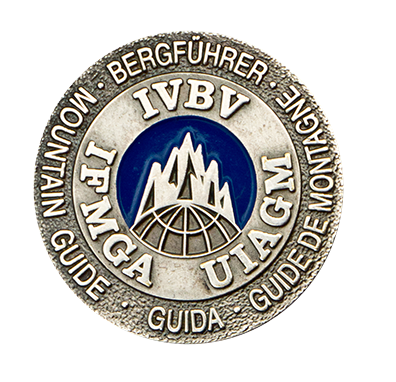I have been involved with three crevasse falls over waist deep. One on the Bagley Icefield in 1999—he prusiked out. One chest deep on Mount Bona in 2007—he climbed out with a hand. And another in the Alps in 2017—we pulled as he climbed out. None required a haul system. Few of my guide friends, who have each spent hundreds, if not thousands of days on glaciers, have hauled a partner from a crevasse.
IFMGA Mountain Guide Mark Smiley calls crevasse rescue a hobby. It’s technical and fun to practice, but it is rarely needed. The point is, don’t fixate on the crevasse rescue haul system. Instead, focus on the big picture.
Typical crevasse rescue practice scene at the Chabod hut on the Gran Paradiso in Italy. It’s rare to see them practice the important parts: snow anchors self rescue.
The first big picture concept is to avoid a crevasse fall. The decision making process I use to avoid crevasse falls is laid out in the Crackulator. The second big picture concept is to practice building snow anchors; you can’t do a haul or self-rescue without an anchor. The third concept is to practice self-rescue by prusiking. Only once you have avoidance, anchors and prusiking dialed, then you can practice the actual crevasse rescue haul system.
The crevasse rescue haul system is complicated. I continually search for the simplest, most effective, and industry standard technique for crevasse rescue. The techniques I currently teach and use are laid out in the Glacier Travel and Crevasse Rescue Notes below.



